Description
Propofol: The Sedative That’s More Than Just “Milk of Amnesia”
Propofol, often recognized as the drug that led to Michael Jackson’s death, is far more than just a cautionary tale. It’s a powerful and widely used sedative-hypnotic medication that plays a critical role in modern medicine. While its misuse can have tragic consequences, understanding its legitimate applications and properties is essential.
A Key Player in Anesthesia and Sedation
Propofol is primarily used in the induction and maintenance of general anesthesia. Its rapid onset and offset of action, often within minutes, make it ideal for controlling the level of sedation during surgical procedures. This allows anesthesiologists to precisely tailor the depth of anesthesia to the patient’s needs, ensuring comfort and safety throughout the operation.
Beyond general anesthesia, propofol is also commonly used for procedural sedation. This involves providing a controlled level of sedation during shorter, less invasive procedures like colonoscopies, endoscopies, and cardioversions. Patients receiving propofol for procedural sedation typically experience a relaxed state, with reduced anxiety and discomfort.
How Propofol Works: Reaching the Brain Quickly
Propofol’s mechanism of action is complex, but it primarily works by enhancing the effects of GABA, a neurotransmitter that inhibits nerve activity in the brain. This inhibitory effect leads to decreased brain activity, resulting in sedation, hypnosis, and amnesia.
The drug is administered intravenously (IV), allowing it to rapidly cross the blood-brain barrier and exert its effects. The rapid metabolism of propofol in the liver and kidneys contributes to its short duration of action, enabling quick recovery and minimizing prolonged drowsiness.
A White, Milky Appearance: The “Milk of Amnesia” Nickname
Propofol is formulated as an emulsion, giving it a characteristic white, milky appearance. This distinctive appearance has earned it the nickname “milk of amnesia,” highlighting its amnestic properties. While not a true anesthetic in itself, it induces unconsciousness and often results in patients having little to no memory of the procedure.
Potential Risks and Side Effects: A Reminder of Responsible Use
While generally safe when administered and monitored by trained medical professionals, propofol is not without risks. Common side effects include:
- Hypotension (low blood pressure): Propofol can cause a temporary drop in blood pressure, requiring careful monitoring and potential intervention with fluids and medication.
- Respiratory depression: Propofol can suppress breathing, necessitating airway management and potential ventilatory support.
- Injection site pain: Some patients may experience pain or burning at the injection site.
- Rare but serious complications: In rare cases, propofol can cause allergic reactions, seizures, or even cardiac arrest.
The Importance of Professional Administration and Monitoring
The risks associated with propofol highlight the critical importance of professional administration and monitoring. Propofol should only be administered by trained medical personnel, such as anesthesiologists or registered nurses under the supervision of a physician, who can continuously monitor vital signs, manage potential complications, and ensure patient safety.
Beyond Anesthesia: Emerging Applications
While its primary use remains in anesthesia and sedation, research is exploring potential applications for propofol in other areas. These include:
- Treatment of refractory status epilepticus: Propofol can be used to control prolonged and severe seizures that are unresponsive to other treatments.
- Management of agitation and delirium in intensive care settings: Its sedative properties can help manage agitation and delirium in critically ill patients.
- Potential neuroprotective effects: Some studies suggest that propofol may have neuroprotective effects in certain situations, such as after brain injury.
Conclusion: A Powerful Tool Demanding Respect
Propofol is a powerful and versatile medication that has revolutionized anesthesia and sedation. Its rapid onset, short duration of action, and amnestic properties make it an invaluable tool for a wide range of medical procedures. However, its potential risks underscore the importance of responsible use, professional administration, and continuous monitoring. While its association with tragedy remains a somber reminder of the dangers of misuse, propofol continues to be a vital component of modern healthcare, improving patient comfort and enabling countless medical interventions every day.




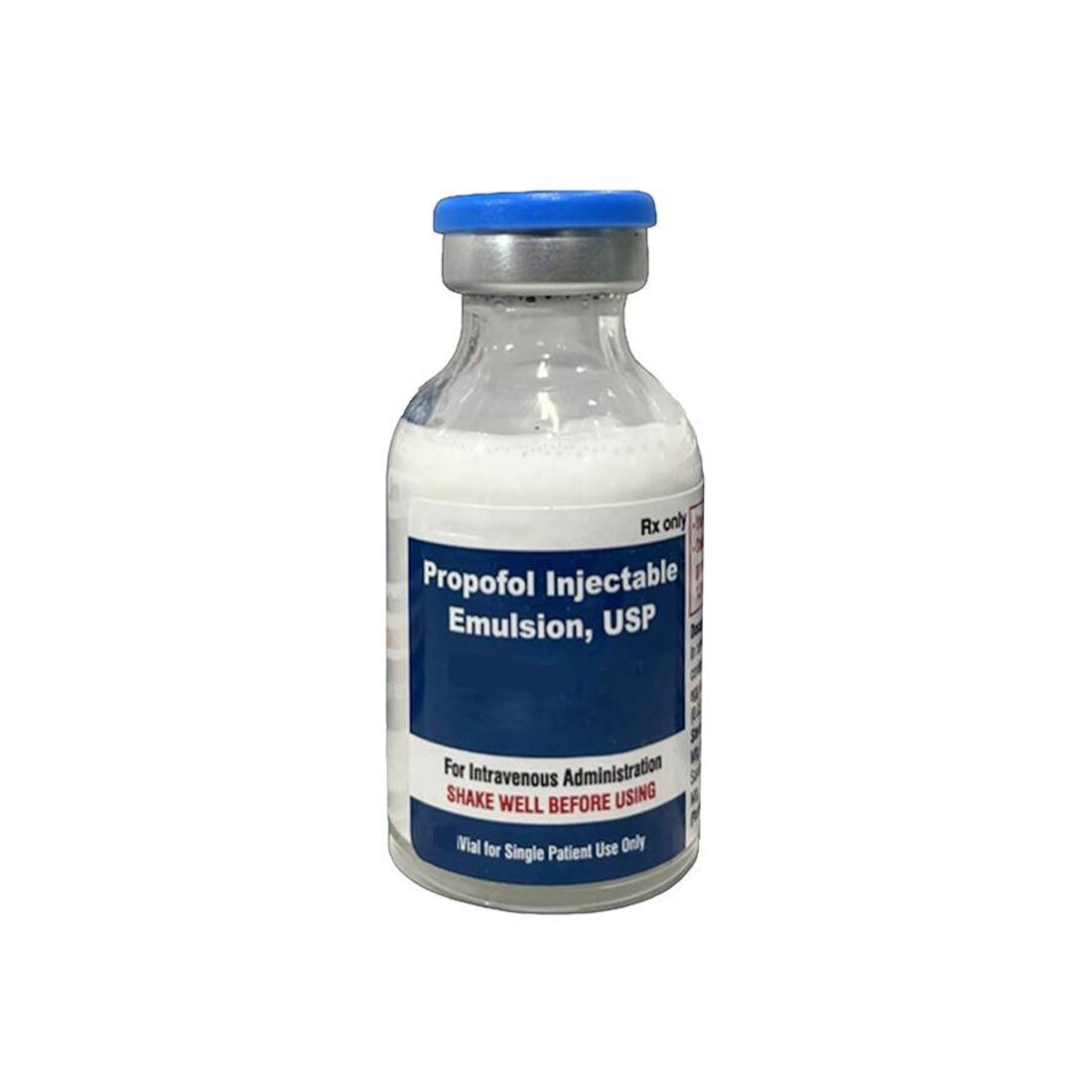
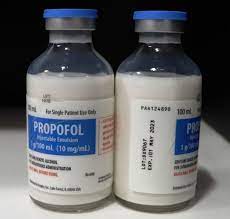

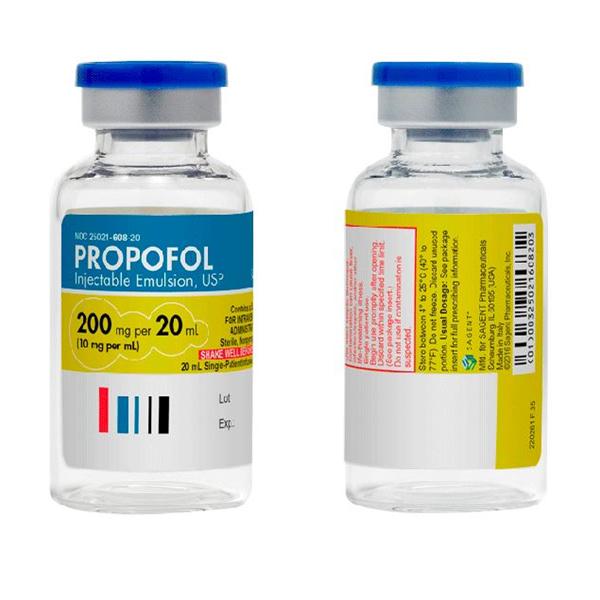
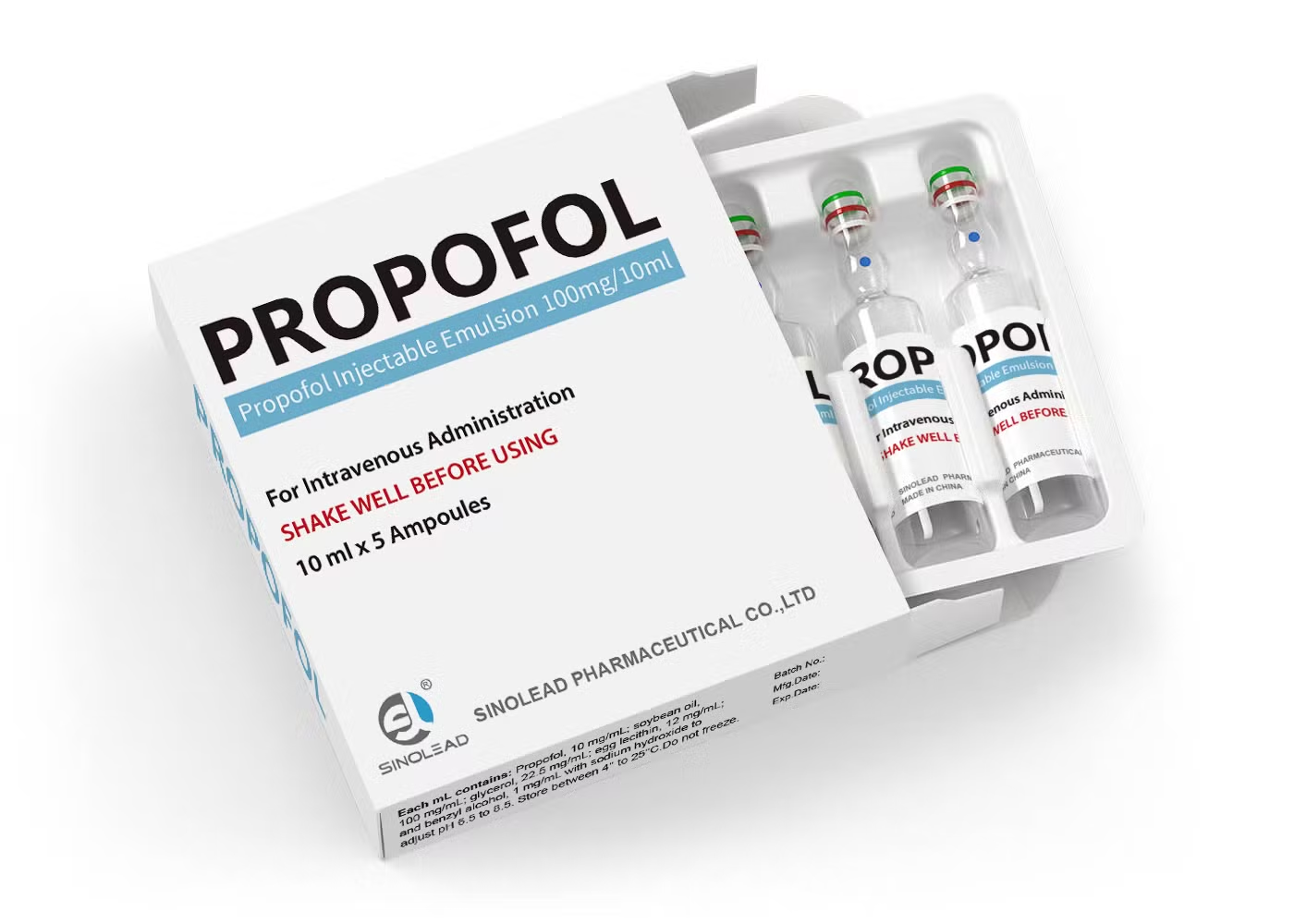
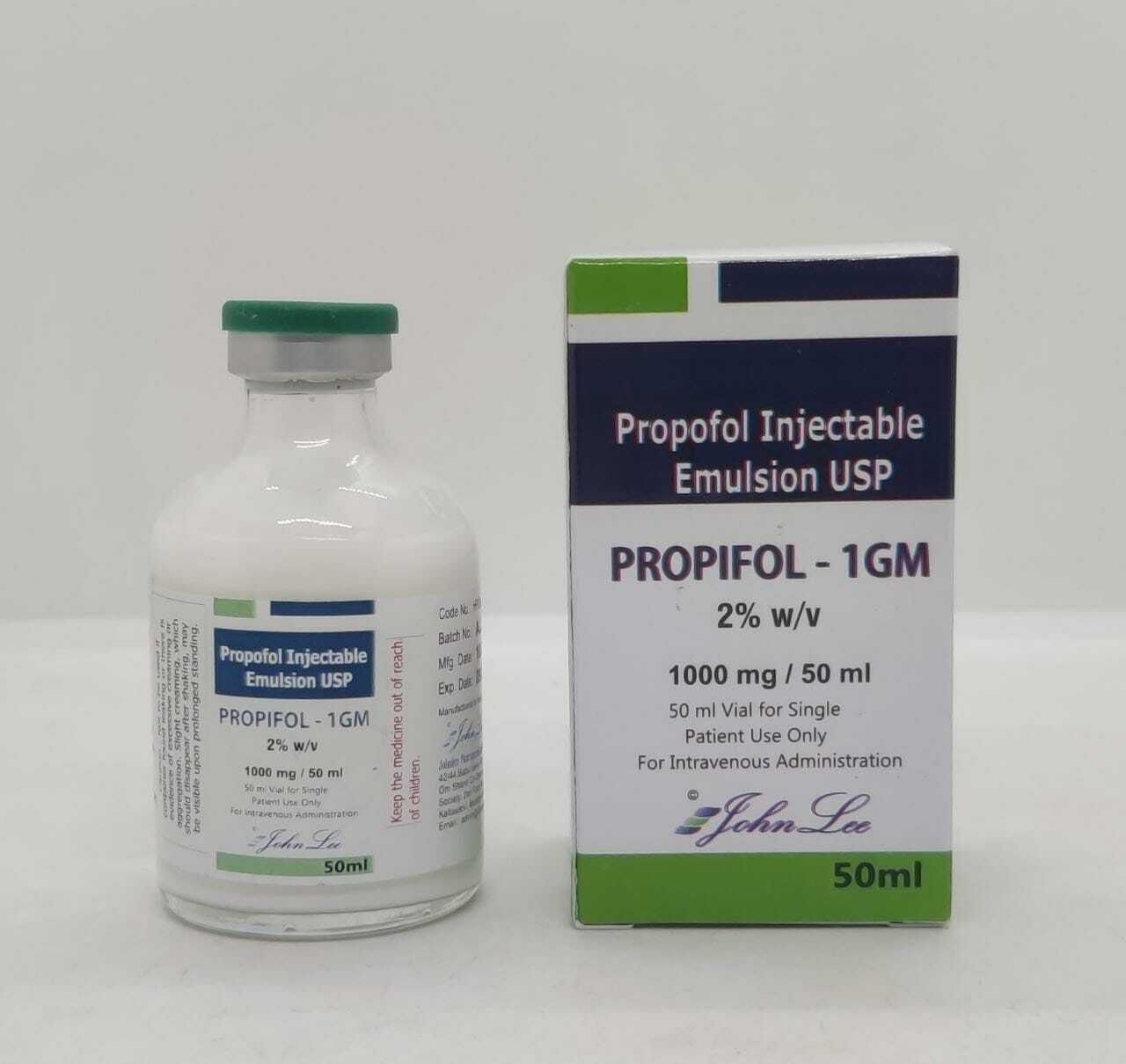





Reviews
There are no reviews yet.